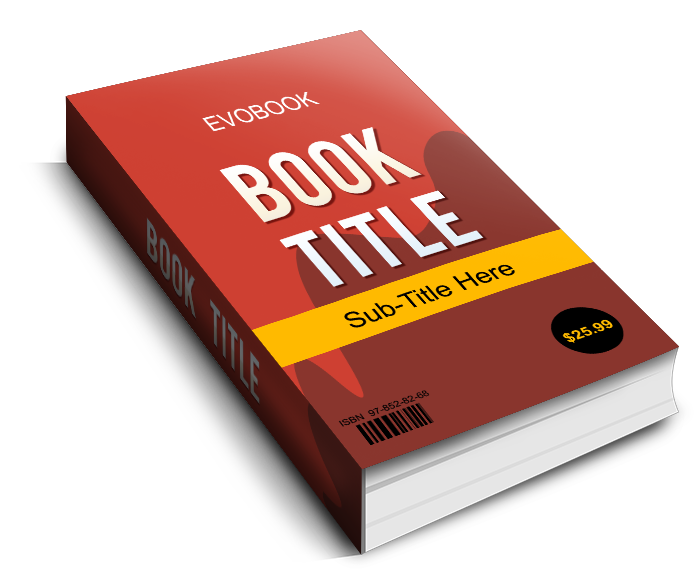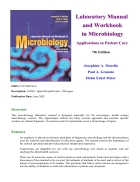Product Description
This microbiology laboratory manual is designed especially for the non-majors, health science microbiology courses. The organization reflects the body systems approach and contains specific sections on clinical diagnosis. 36 exercises and 43 experiments cover a broad range of topics.
This laboratory manual and workbook, now in its seventh edition, maintains its original emphasis on the basic principles of diagnostic microbiology for students preparing to enter the allied health professions. It remains oriented primarily toward meeting the interests and needs of those who will be directly involved in patient care and who wish to learn how microbiological principles should be applied in the practice of their professions. These include nursing students, dental hygienists, dietitians, hospital sanitarians, inhalation therapists, operating room or cardiopulmonary technicians, optometric technicians, physical therapists, and physicians’ assistants. For such students, the clinical and epidemiological applications of microbiology often seem more relevant than its technical details. Thus, the challengefor authors of textbooks and laboratory manuals, and for nstructors, is to project microbiology into the clinical setting and relate its principles to patient care.
The authors of this manual have emphasized the purposes and functions of the clinical microbiology laboratory in the diagnosis of infectious diseases. The exercises illustrate as simply as possible the nature of laboratory procedures used for isolation and identification of infectious agents, as well as the principles of asepsis, disinfection, and sterilization. The role of the health professional is projected through stress on the importance of the clinical specimen submitted to the laboratory—its proper selection, timing, collection, and handling. Equal attention is given to the applications of aseptic and disinfectant techniques as they relate to practical situations in the care of patients. The manual seeks to provide practical insight and experience rather than to detail the microbial physiology a professional microbiologist must learn. We have approached this revision with a view toward updating basic procedures and reference sources. Every exercise has been carefully reviewed and revised, if necessary, to conform to changing practices in clinical laboratories. A new exercise, Exercise 19, has been prepared describing modern diagnostic techniques that use antigen detection and nucleic acid methods. These methods are now in use in many clinical microbiology laboratories. When relevant, antigen detection methods have been added to the exercises, so that the students will gain experience in their use.
Expanded sections on diagnosing microbial pathogens that require special laboratory techniques are included in the exercises of Section XI. Many new figures and additional colorplates are found in this edition. These are intended to illustrate procedures the students will use and help the beginning student recognize the microbes they will view under the microscope as well as the appropriate reactions for biochemical tests they will perform.
Product Details
Spiral-bound: 304 pages
Publisher: McGraw-Hill Science/Engineering/Math; 7th edition (June 13, 2002)
Language: English
ISBN-10: 0072463546
ISBN-13: 978-0072463545
Product Dimensions: 10.6 x 8.1 x 0.5 inches





 Laboratory Manual and Workbook in Microbiology 7th Edition
Product Description This microbiology laboratory manual is designed especially for the non-majors, health science microbiology courses. The organization reflects the body systems approach and contains specific sections on clinical diagnosis. 36
pdf Đăng bởi
nguyenthethienbcl
Laboratory Manual and Workbook in Microbiology 7th Edition
Product Description This microbiology laboratory manual is designed especially for the non-majors, health science microbiology courses. The organization reflects the body systems approach and contains specific sections on clinical diagnosis. 36
pdf Đăng bởi
nguyenthethienbcl